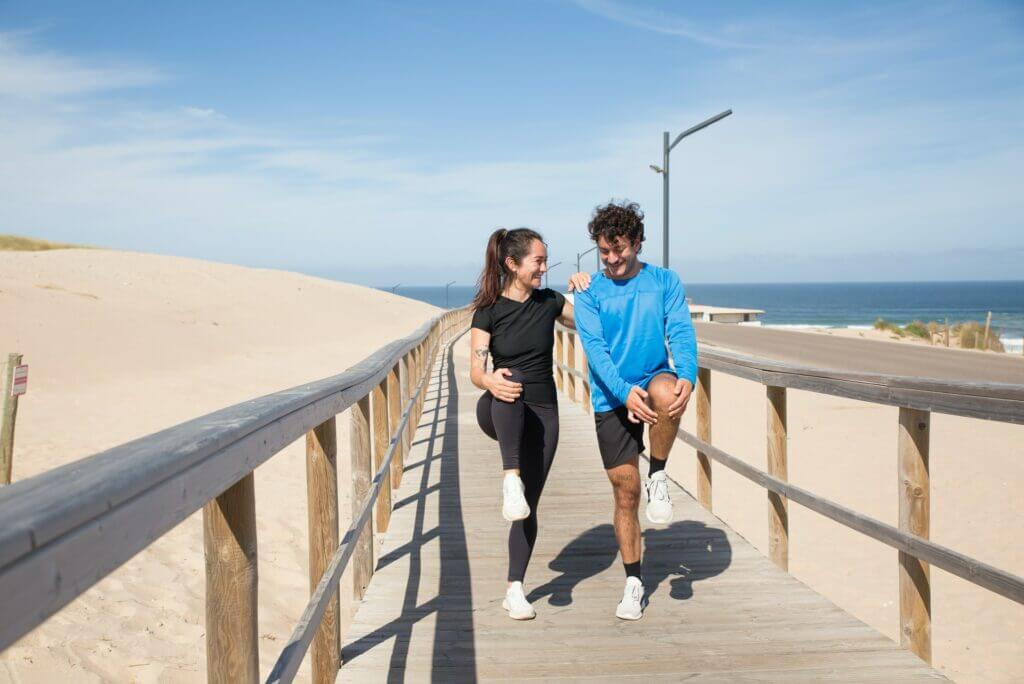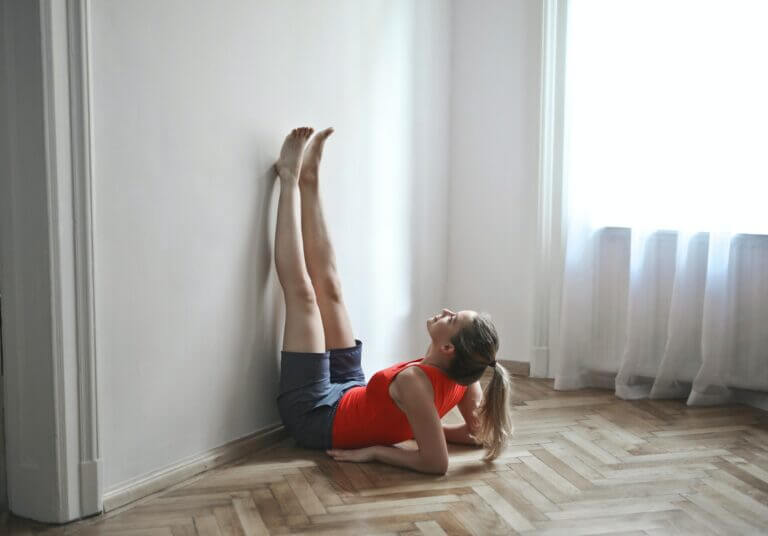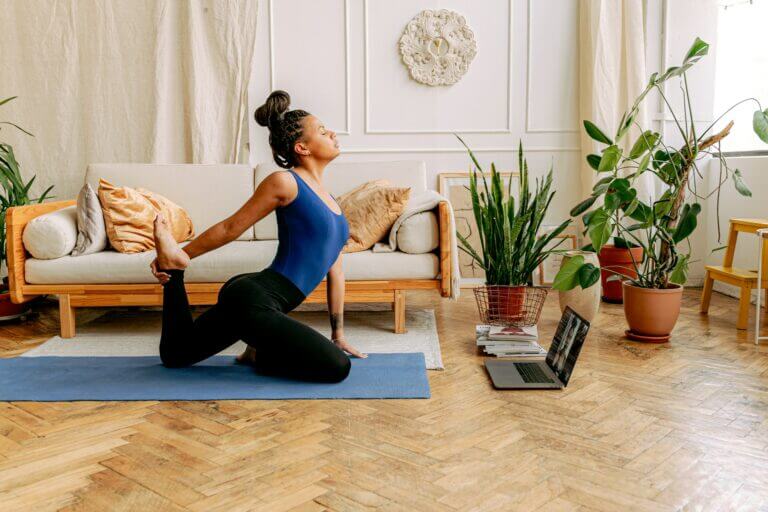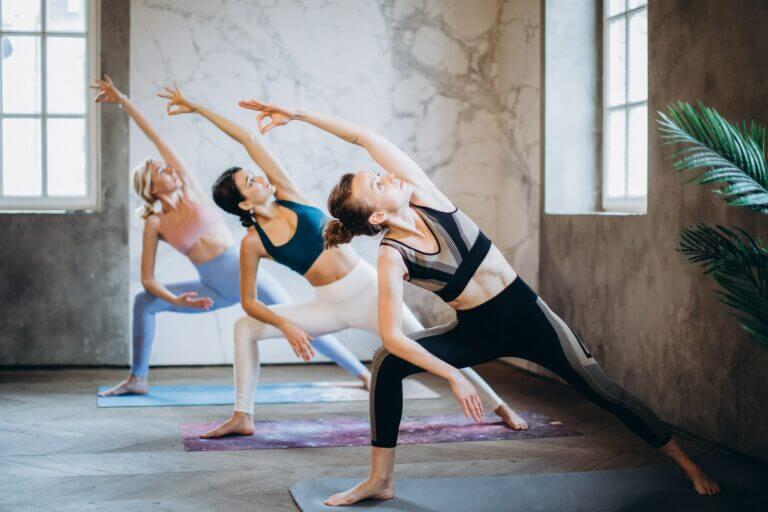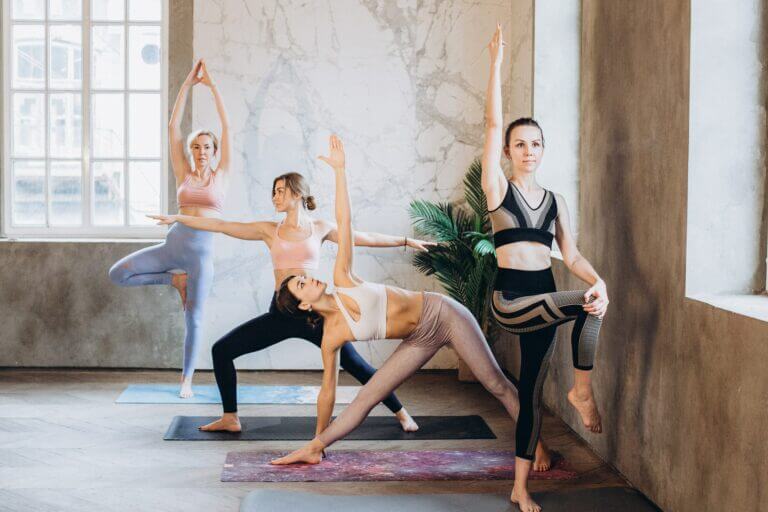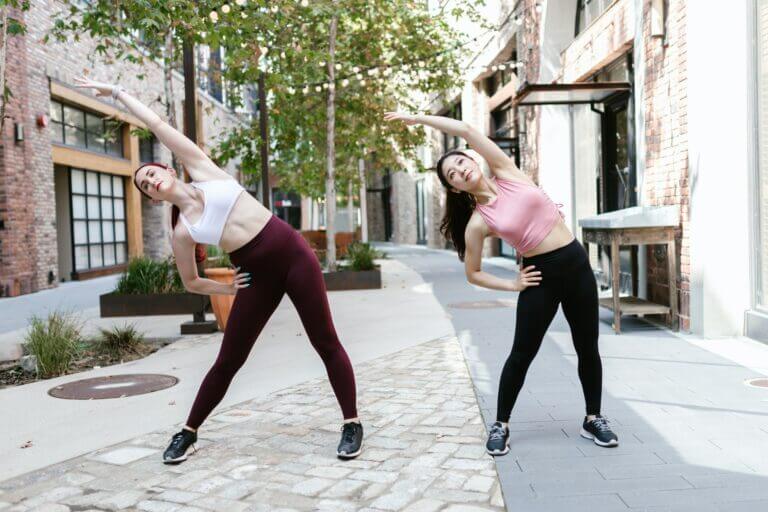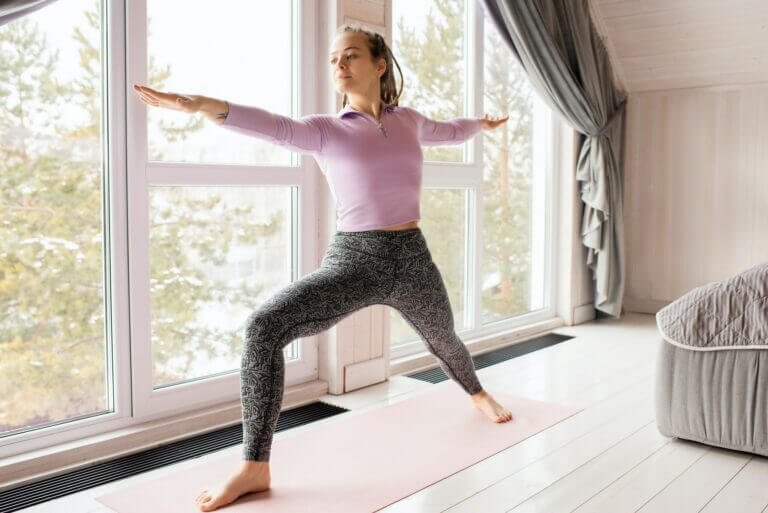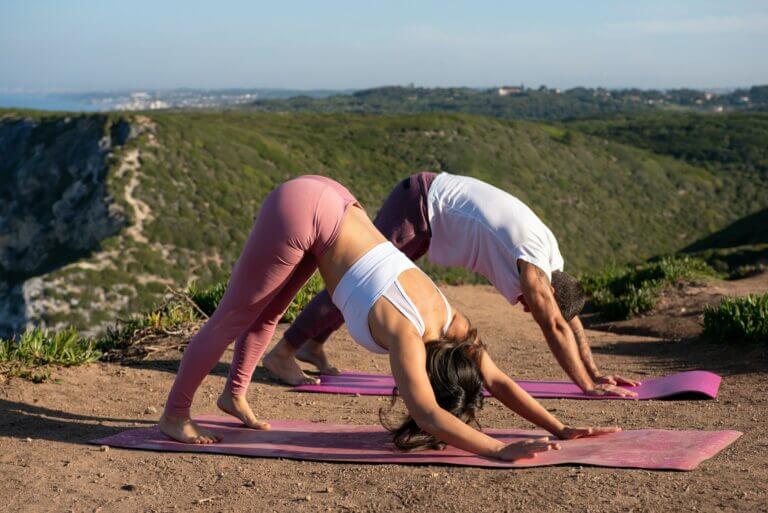As a workout enthusiast, you know how important it is to warm up and prevent injury.
Perhaps you’ve even thrown a bunch of random stretches together, jogged around in place for a bit before hopping onto the treadmill. Good on you.
But did you know that doing the “wrong” kinds of stretching may actually cause more harm than good?
That’s right!
If you’ve been bending over, trying to touch the tips of your toes and stretching those hamstrings before your workout, you might actually make yourself under perform during your workout session.
That’s because you’re doing a static stretch instead of a dynamic stretch.
What’s The Difference Between Static and Dynamic Stretches?
Everything you need to know about static and dynamic stretches is that, this is the easiest way to tell them apart. For static stretches, you’ll be holding yourself in place for a few seconds, while you’ll be moving your body around when you do dynamic stretches.
Before a workout, it makes sense that you want your muscles groups to be prepared for activity. Warm-ups are designed to keep your limbs moving around and it’s a great way to get your blood pumping in your veins. That’s why you need to stretch.
Dynamic stretches are pre workout stretches and achieve both goals—warming up your muscles, and increasing blood circulation, through slow and controlled movements. Doing it right can increase flexibility and strengthen your muscles (like your glutes and quads), so you can easily make progress in your workout routine while avoiding pain and strains.
Static stretches don’t quite produce the same results, and it may hinder your athletic progress. It is used when you want your muscles to relax, so you’re better off doing those stretches as part of your cool down after your workout.
With that said, I’ve gathered a few common dynamic and static stretches for you to try out before and after your next workout session.
4 Best Pre-Workout Stretches
Stretching involves more than just holding still, so we’ve listed down a few easy dynamic stretches you can easily do to keep your blood pumping.
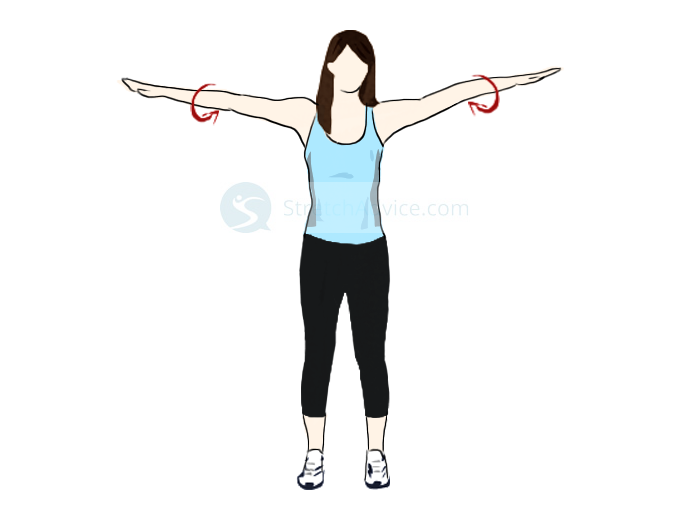
1) Arm Circles/Swings
This will warm-up your arm and shoulder muscles, increasing blood flow, prepping them for that bench press you’re aiming for. To reduce the risk of getting a muscle cramp, go slow and keep your shoulders moving.
- Stand up tall, and make sure that your back is straight.
- Raise your arms out to your sides at shoulder height.
- Moving your shoulders in one direction, picture yourself drawing circles in the air with your arms. Pay attention to only move your shoulders!
- Circle your arms in smaller circles first, then slowly increase the diameter. You will definitely feel a stretch.
- Reverse the movement after approximately 30 seconds.
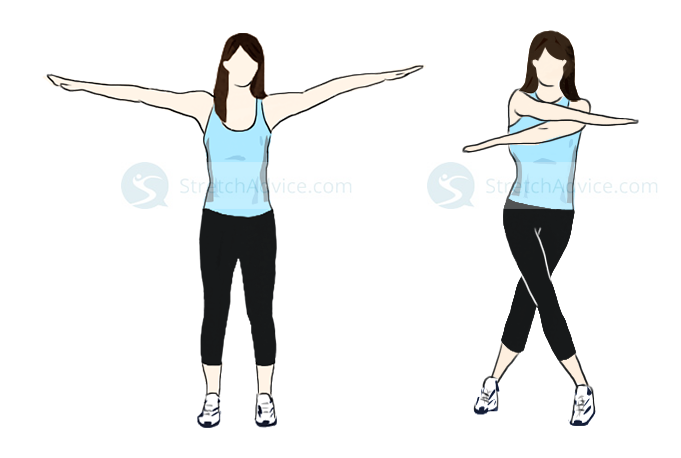
2) Scissor Stretch
This stretch will help to improve your blood circulation in your arms and shoulders, and increase your range of motion! It also works for your lower body as you cross your legs together.
- Stand up tall, keeping your spine straight.
- Raise both arms out to the side at shoulder height.
- Making sure not to bend your elbows, swing your arms in front of you.
- Swing your arm across the other, then swing your arms backward.
- You should swing your arms back as far as you can, behind your shoulders.
- Then swing them back to the front, alternating which arm gets to be on top.
- Repeat this action for about 20 to 30 seconds.
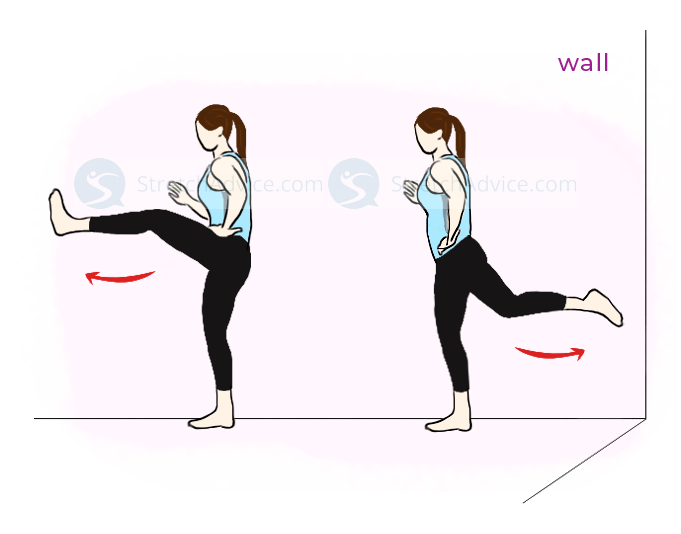
3) Forward Leg Swings
This is a common way to warm your leg muscles up and loosen muscles that are tight! Your body will thank you for taking care of it well.
- Stand near a wall or a table and place your hand on the surface for support.
- Balance yourself on one leg, then lift one leg up toward your chest.
- Keep your swings loose, without exerting too much power. Think of your leg as a pendulum that’s slowly gaining momentum.
- Swing for about 15 to 20 seconds before returning to your starting position and switching to your other leg.
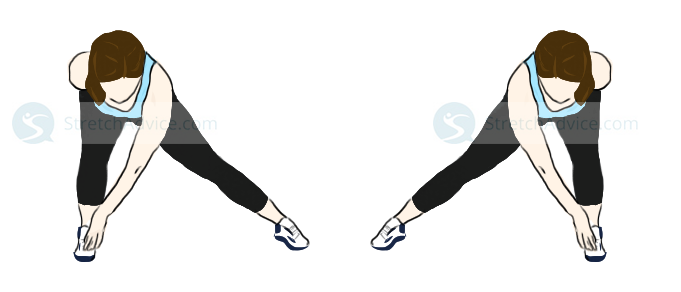
4) Side Lunge Touching Heel Stretch
This move engages your whole body as you bring yourself closer and away from the floor.
- Stand up with your legs apart—slightly wider than your shoulders.
- Move your body until your right knee is bent as you lunge to the right, keeping the soles of your feet planted firmly on the floor.
- Place your right hand behind your back, while your left hand reaches down toward your right foot. You should feel a good stretch in the inner thigh of your right leg.
- Bring yourself up and switch sides, this time lunging to your right instead.
- Repeat this action about 20 times.
4 Static Post-Workout Stretches
Listed below are 4 stretches to try after a regular workout. Of course, you are free to give them a go if you’ve were stuck sitting at a desk all day.
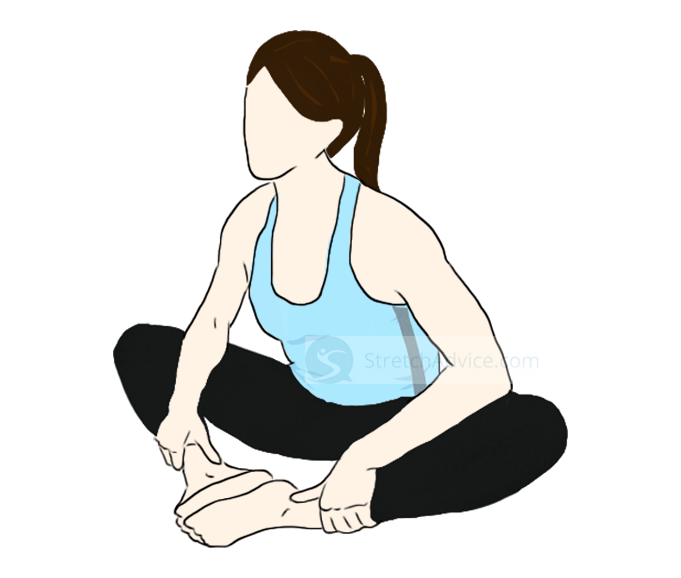
1) Butterfly Stretch
This stretches the hamstrings in your inner thighs and washes away all the soreness you may feel, and reduce the risk of injury.
- Sit down on the floor—or better, a yoga mat—with the soles of your feet pressed flat against each other.
- Make sure your back is straight, and keep your hips squared and push your hips back.
- Using your elbows, gently push down on your knees.
- Hold this position for 20 to 30 seconds before resting for 10 seconds.
- Repeat 2 to 3 times. Of course, you can change things up a little if you need to modify it.
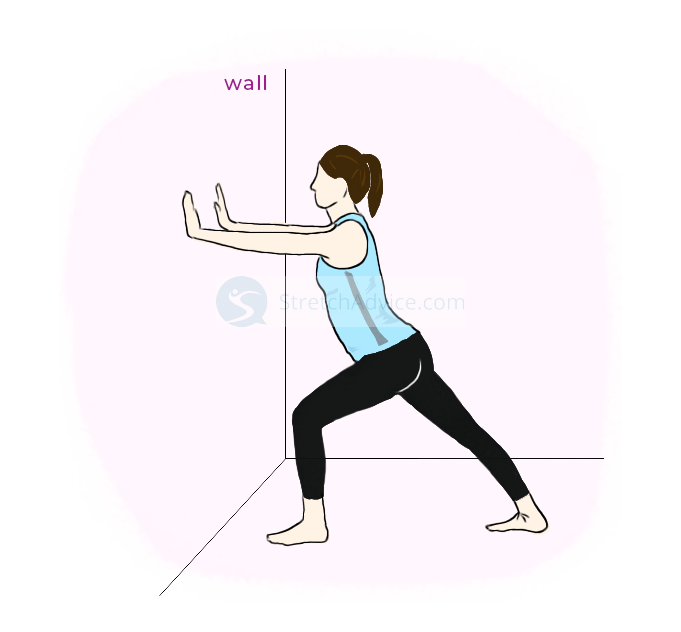
2) Standing Calf Stretch
This stretch targets your calf muscles and stretches your ankles. Do this right and it can help prevent injury by relaxing your muscles and joints.
- You’ll need a sturdy surface you can lean on for this stretch, like a wall or a tree.
- Begin in a standing position before the wall and keep your back straight, then raise your arms forward and place the palms of your hands flat on it.
- Take a big step back and bring your right leg back, so the other leg is bent at the knee.
- Gently lean your upper torso forward, increasing the pressure on your back leg as you push forward toward the wall.
- Make sure that the foot of your back leg is flat against the floor, and shift your weight to your front foot. You should feel a bit of tension in your ankle and your calf.
- Hold the position for 10 to 20 seconds.
- Switch to the other leg.
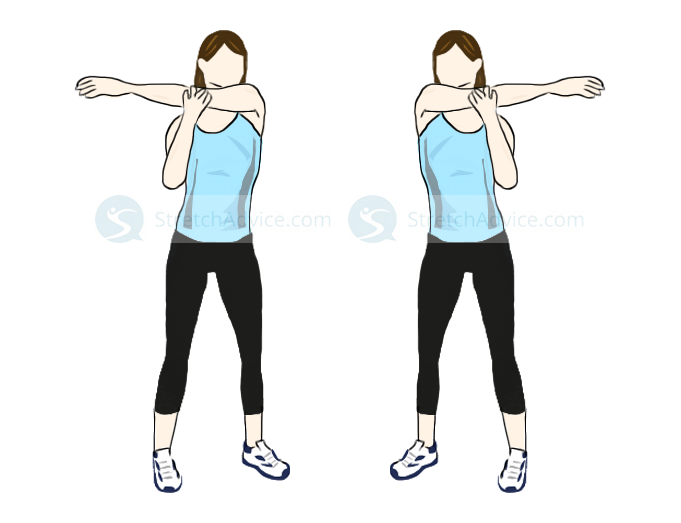
3) Shoulder Cross-Arm Stretch
This stretch targets the muscles at the back of your shoulders and unlocks your full range of motion while driving away the aches and pains.
- Standing up, make sure to keep your feet shoulder-width apart.
- Raise your right arm across your body, horizontally. Take care not to round your spine.
- Bend your left arm at the elbow and hook it under your arm.
- Using your left arm to support your right, pull it further across your body.
- Hold this position for about 10 to 20 seconds, then switch sides.
- Complete two or three rounds of this.
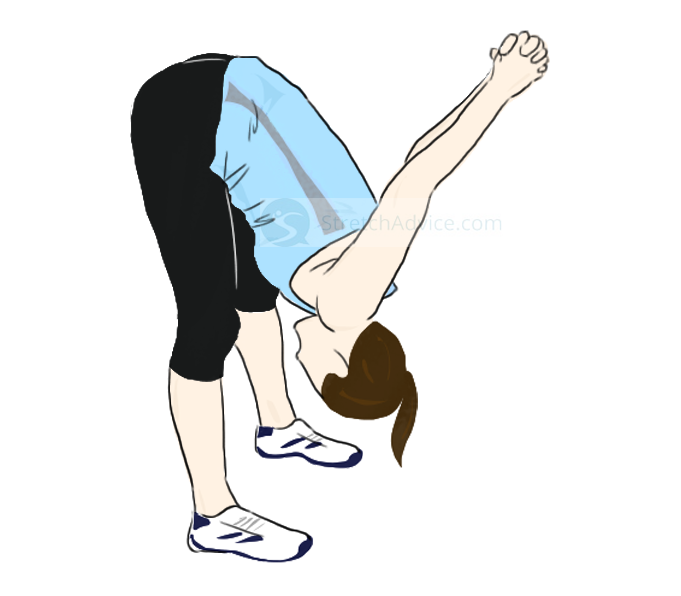
4) The Forward Hang Stretch
This stretches the muscles in your back and your arms. It can really help you relieve back pain and to improve flexibility.
- Stand up straight with your feet hip-width apart and your knees are slightly bent. (Try not to bend your knees so much)
- Bring your hands behind your back and interlace your fingers together.
- Bend at your waist and lean forward, looking down toward the floor. Be careful not to fall over and touch the ground as you do so. Your arms will naturally be raised up in the air as you bend forward, and you will feel the stretch in your back.
- Hold this position for 10 to 15 seconds.
The Takeaway
In short, just remember, dynamic stretches are for pre-workout warm-ups, and static stretches are for post-workout cool downs! You want your muscles to be warm and ready to move before your workout, and you want to relax your sore muscles after your workout.
A good stretching routine goes a long way, that’s for sure.
That said, I hope you’ll have a great workout next time after you’ve spent a few extra minutes to properly warm up and cool down! If you are really short on time, try to do just one stretch. It may not be better than a proper warm-up, but it is better than nothing. Try doing some walking lunges and move your hands and knees to stretch a muscle.
But, if at any time, you feel a sharp pain whenever you do any sort of movement, please drop by your local physical therapist to get that checked out.

